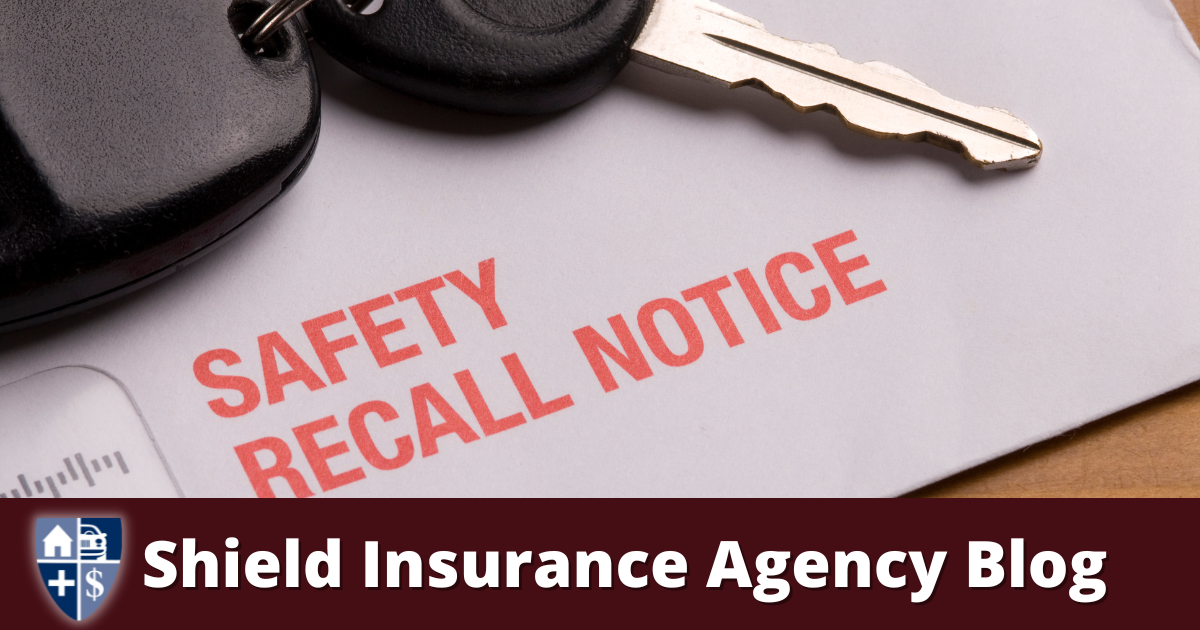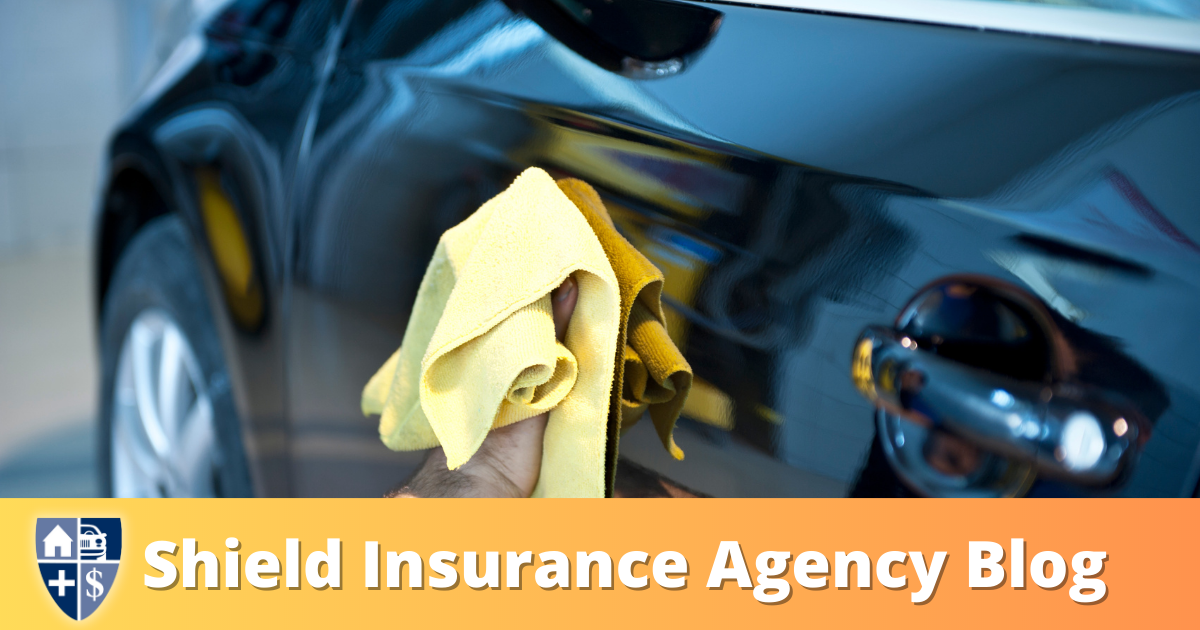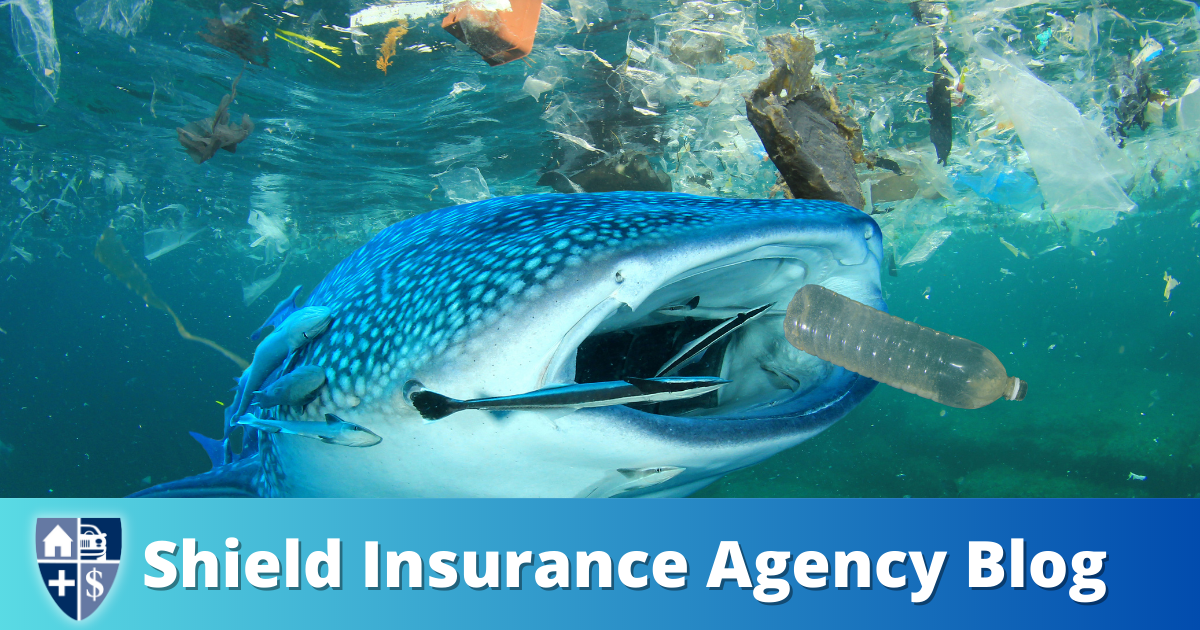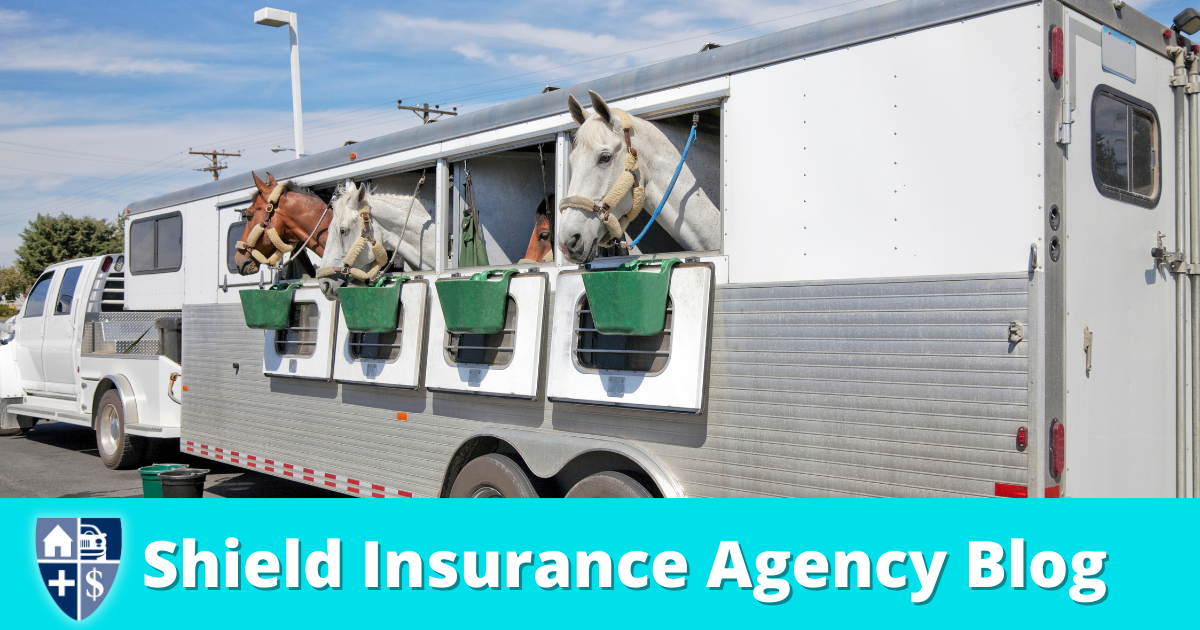

Welcome to the Shield Insurance Agency Blog.
Here you will find a ton of articles on each of these topics: Auto Insurance, Boat/Watercraft Insurance, Business Insurance, Flood Insurance, Health Insurance, Home Insurance, Insurance, Life Insurance, Michigan Auto Insurance Reform, Recreational Insurance, Renters Insurance, RV Insurance, Things To Do At Home, Umbrella Insurance, and even a list of the Shield Agency Weekly Gift Card Winners,
If you have any suggestions for content, please drop us an email.











Shield Insurance Agency | Website Development by EZLynx® • Copyright © 2025. All Rights Reserved. | Privacy Policy